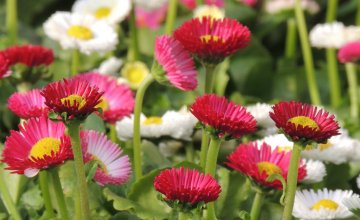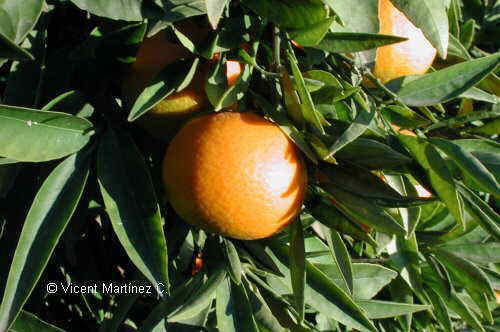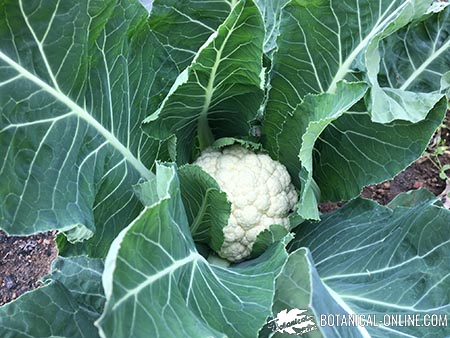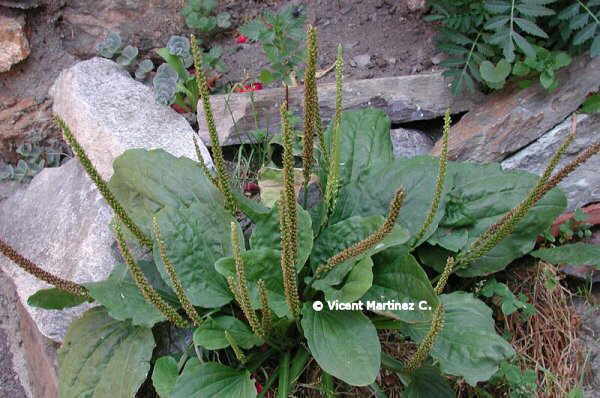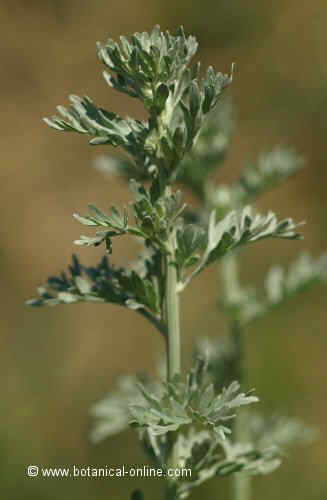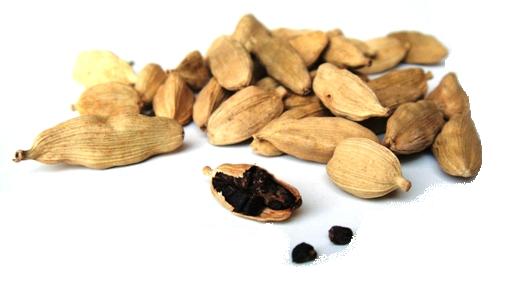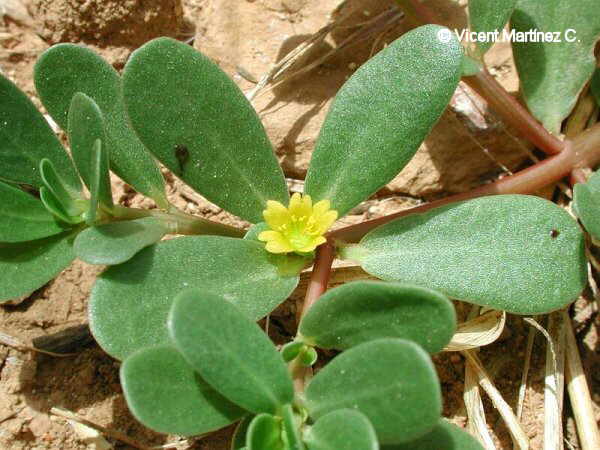Contents
What is a pigweed amaranth plant?
Characteristics of pigweed amaranth (Amaranthus retroflexus)
Common name: Pigweed amaranth, common amaranth, redroot pigweed.
Scientific name: Amaranthus retroflexus L.
Family: Amaranthaceae
Habitat: We find this plant in soils rich in nitrogen and more or less removed, such as roadsides, orchards, in vacant lots, abandoned fields, between the stones of the walls…
It is one of the first plants to grow in fields after harvest, along with ash. Do not confuse pigweed amaranth with pigweed plant!!!
Description of the plant
Annual plant of the Amaranthaceae family that can measure from 30 to one meter high in rich soils. Erect, branched stems can be pubescent and with some reddish hue in some cases.
The leaves are alternate, petiolate, simple, oval and entire. Greenish flowers, grouped in terminal spikelets.
The fruits are ovoid capsules. Inside it contains tiny black seeds.
Pigweed amaranth composition
It has a nutritional composition similar to that of other wild leafy vegetables such as garden oraches, bladder campions, borage or dandelions. It is made up mainly of water (88%), contains a low amount of carbohydrates (3%), is rich in fiber (3%), contains a certain amount of protein (3%) and has practically no fat (less than 1%).
What stands out most about this plant is its content of vitamin C, chlorophyll, carotenes and other phytochemical compounds with health properties.
How to collect this plant
The young leaves of the plant are collected. We will only use the most tender leaves of the plant, that is, the 4 or 6 upper leaves of the stem, since the leaves at the base are more bitter, rich in oxalates and woody. The stems, while tender, make threads and are not pleasant to chew.
Attention: !!! When collecting any wild plant we must take into account the following tips: Rules for the collection of wild plants.
Uses of pigweed amaranth
It can be used as food or as a medicinal plant.
* Related information:
– List of more common edible wild plants
– Edible leaves of wild plants
– Weeds toxic to people and animals
![]() More information on pigweed amaranth and other edible wild plants
More information on pigweed amaranth and other edible wild plants


